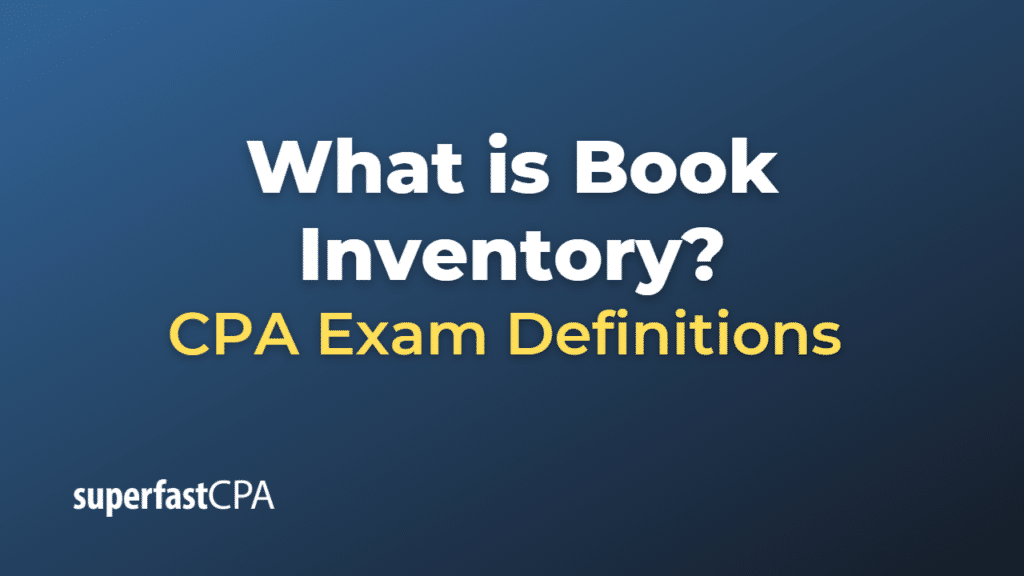Book Inventory
Book inventory, also known as accounting inventory or on-hand inventory, refers to the quantity and value of goods that a business records in its accounting system at a given point in time. This inventory includes raw materials, work-in-process, and finished goods that a company holds to fulfill customer orders or to use in the production process.
The book inventory is maintained and updated by tracking all inventory transactions, such as purchases, sales, production, returns, and adjustments, in the company’s general ledger or inventory management system. Regularly updating the book inventory allows businesses to monitor their stock levels, evaluate inventory turnover, and manage their working capital effectively.
However, the book inventory may not always accurately reflect the actual physical inventory due to factors such as theft, spoilage, clerical errors, or discrepancies in recording transactions. To ensure the accuracy of the book inventory, companies often perform periodic physical inventory counts and reconcile any differences between the physical count and the book inventory. This process is known as inventory reconciliation or inventory audit and helps businesses maintain accurate inventory records, detect errors, and prevent potential fraud or other financial issues.
Example of Book Inventory
Let’s consider a hypothetical example to illustrate the concept of book inventory for a small retail business.
Imagine that you own a clothing store, and you want to determine the book inventory at the end of the month. Here’s a summary of the inventory transactions that occurred during the month:
- Beginning inventory: 500 units valued at $10,000
- Inventory purchases: 200 units valued at $4,000
- Inventory sales: 350 units valued at $8,000
- Inventory returns from customers: 20 units valued at $800
- Inventory adjustments (e.g., for damaged items): -10 units valued at -$400
To calculate the book inventory at the end of the month, you would follow these steps:
- Start with the beginning inventory: 500 units valued at $10,000
- Add the inventory purchases: 500 + 200 = 700 units; $10,000 + $4,000 = $14,000
- Subtract the inventory sales: 700 – 350 = 350 units; $14,000 – $8,000 = $6,000
- Add the inventory returns: 350 + 20 = 370 units; $6,000 + $800 = $6,800
- Adjust the inventory for damaged items: 370 – 10 = 360 units; $6,800 – $400 = $6,400
At the end of the month, your book inventory would be 360 units valued at $6,400.
This example demonstrates how the book inventory is maintained by accounting for all inventory transactions, such as purchases, sales, returns, and adjustments. Regularly updating and reconciling the book inventory with physical inventory counts helps ensure accuracy in your inventory records, enables you to monitor stock levels effectively, and supports efficient inventory management.













